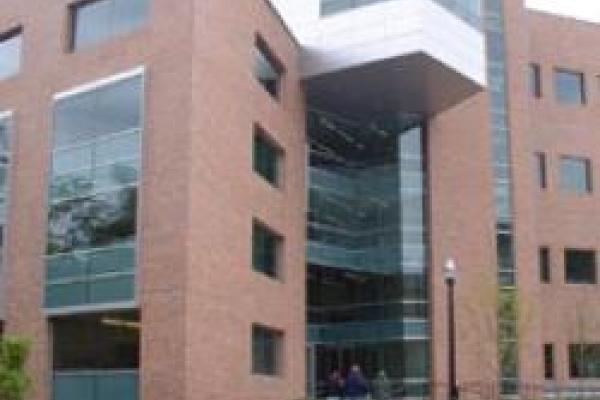
Experiments at RHIC and LHC are teasing out the properties of the phase diagram of quantum chromodynamics, one of the four fundamental forces of Nature. At temperatures a hundred thousand times hotter than the center of the Sun, the structure of nuclear matter changes abruptly, transitioning from the usual protons and neutrons into quark-gluon plasma. Since quark-gluon plasma permeated all of space a microsecond after the Big Bang, no other experiments probe an earlier time in the history of the Universe.
Jet tomography, the study of the highest momentum particles observed from collisions at RHIC and LHC, provides the best femtoscope for examining the non-trivial, non-Abelian, many-body dynamics of quark-gluon plasma. We compare our theoretical predictions to measured data for the distribution of these high momentum particles resulting from dramatically different hypotheses for the dynamics of the quark-gluon plasma: on the one hand, assuming the quark-gluon plasma is best approximated by a weakly-coupled gas of nearly-free quarks and gluons in which the methods of perturbative QCD are applicable and, on the other, assuming the quark-gluon plasma is dominated by the physics of a strongly-coupled liquid, for which the techniques of 5-dimensional classical gravity from the AdS/CFT correspondence best capture the relevant physics. Neither story provides a fully compelling narrative, and we suggest future theoretical and experimental advances that should shed further light on the physics of quark-gluon plasma.
